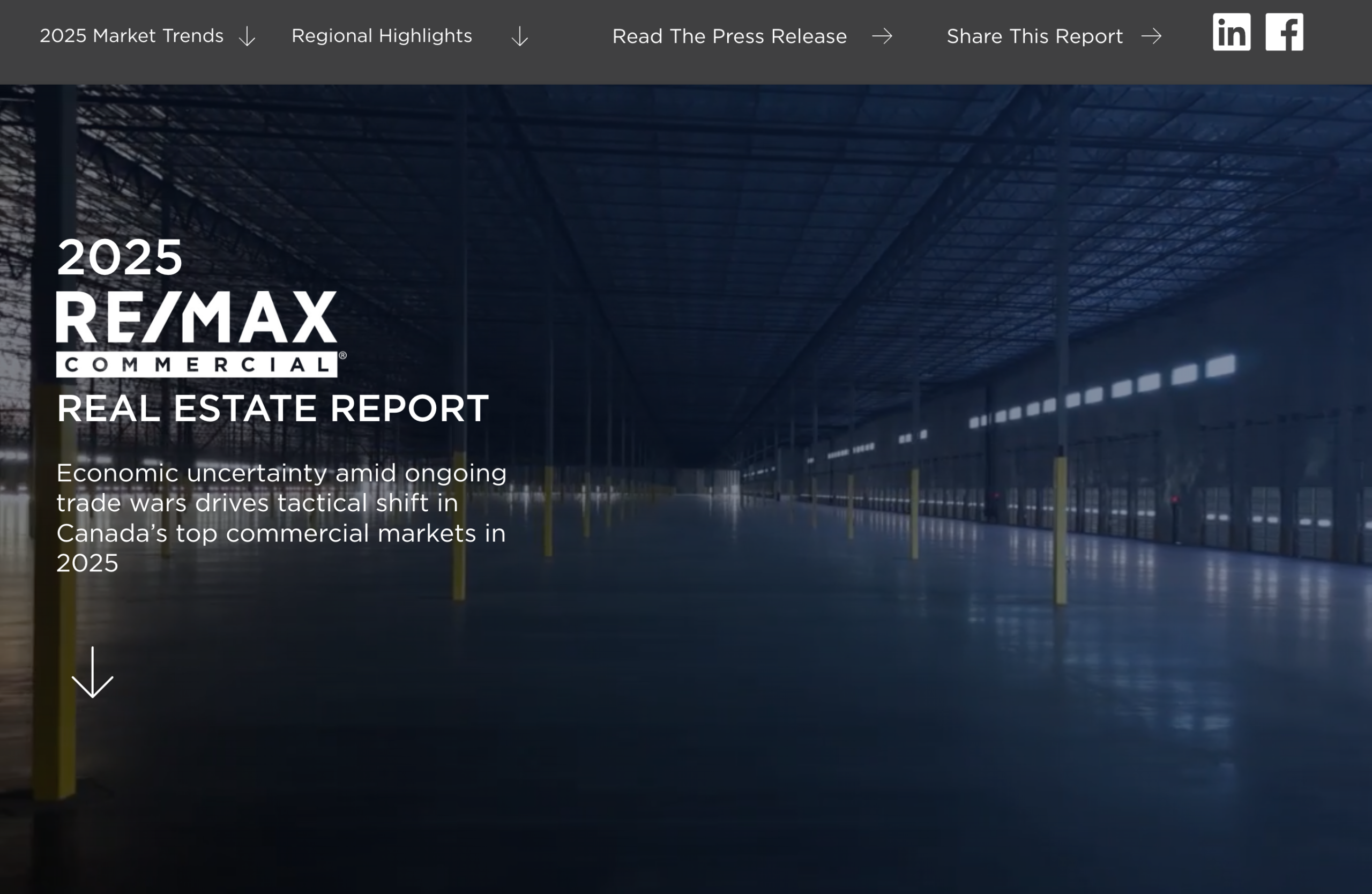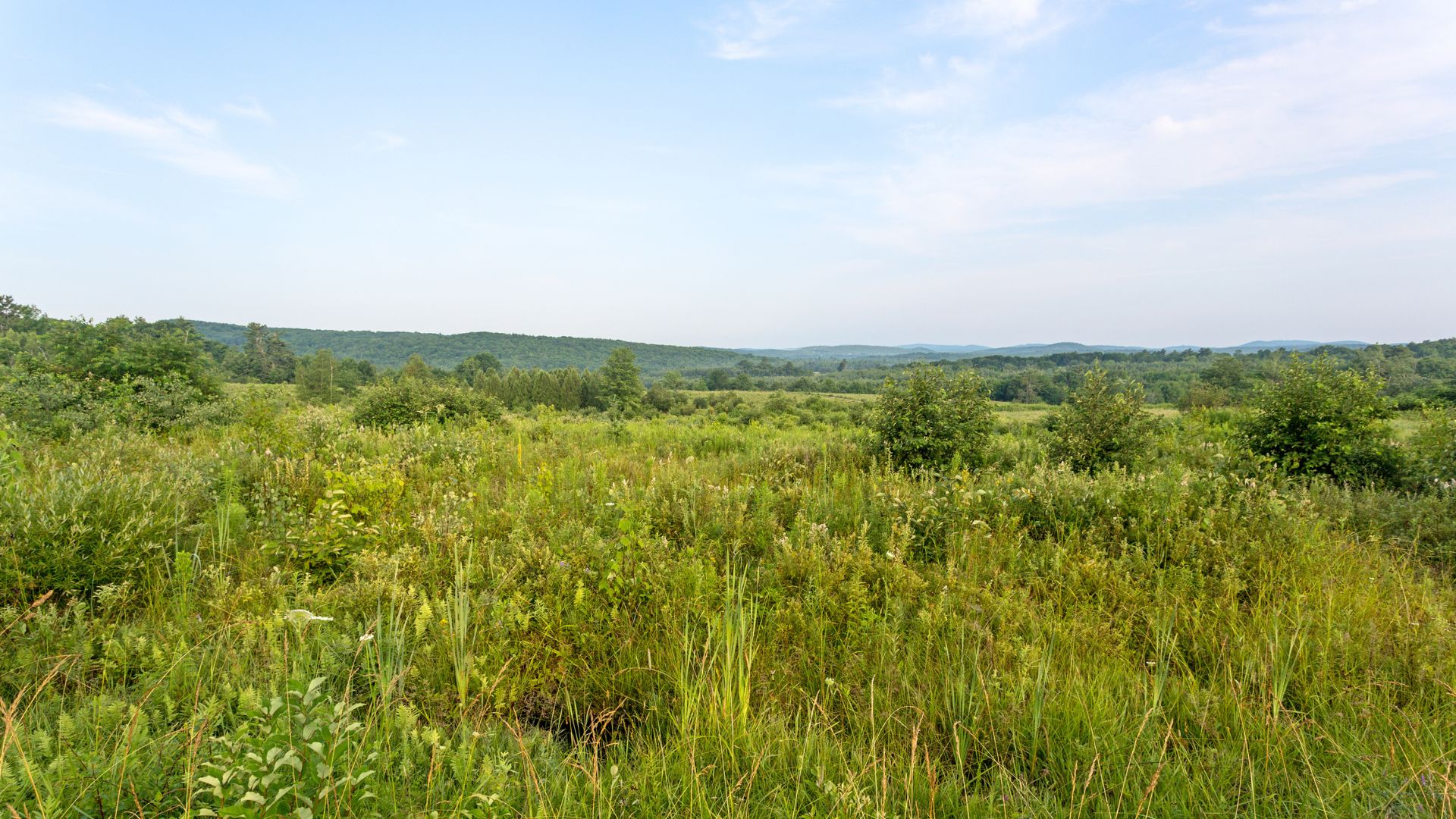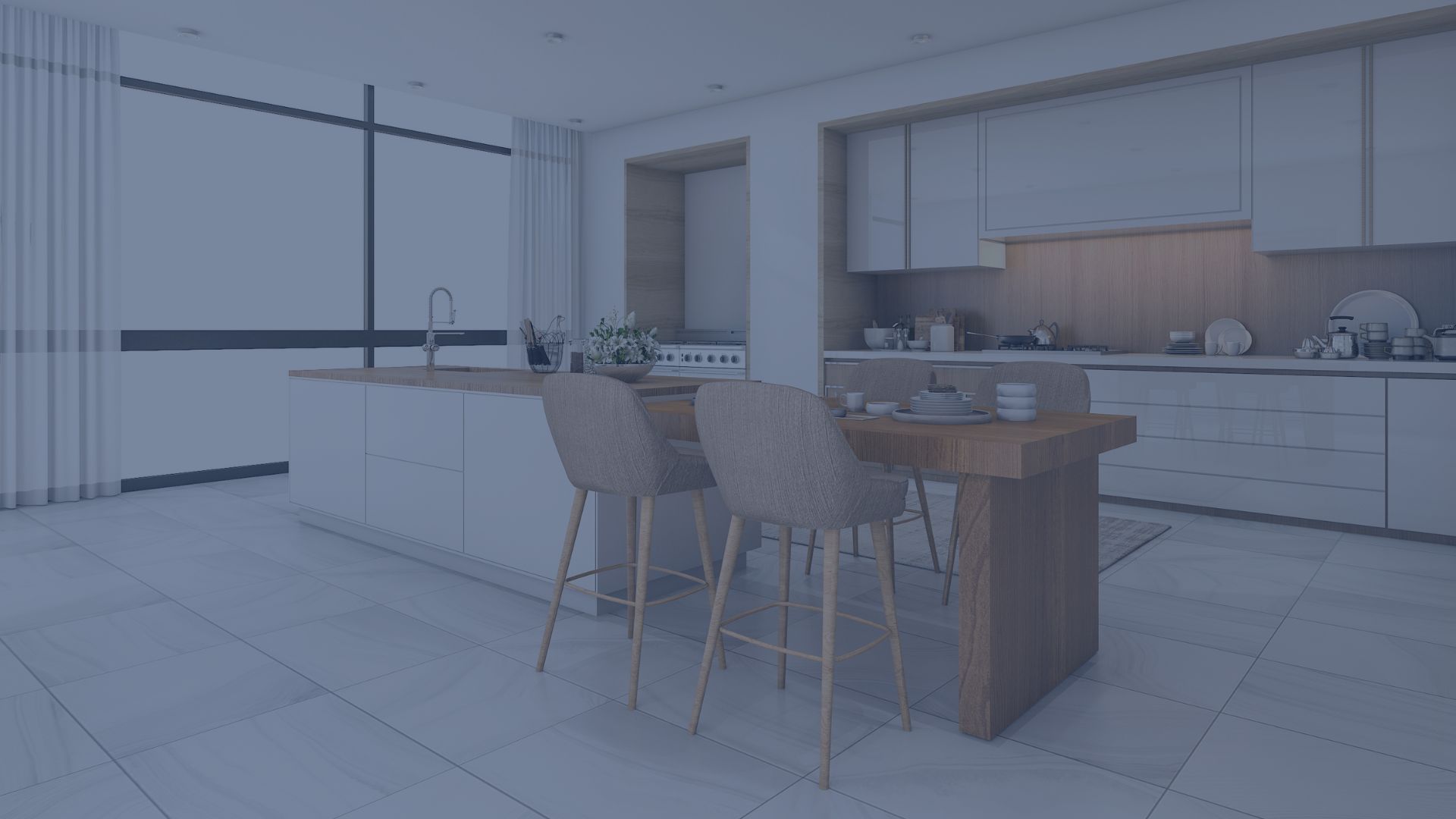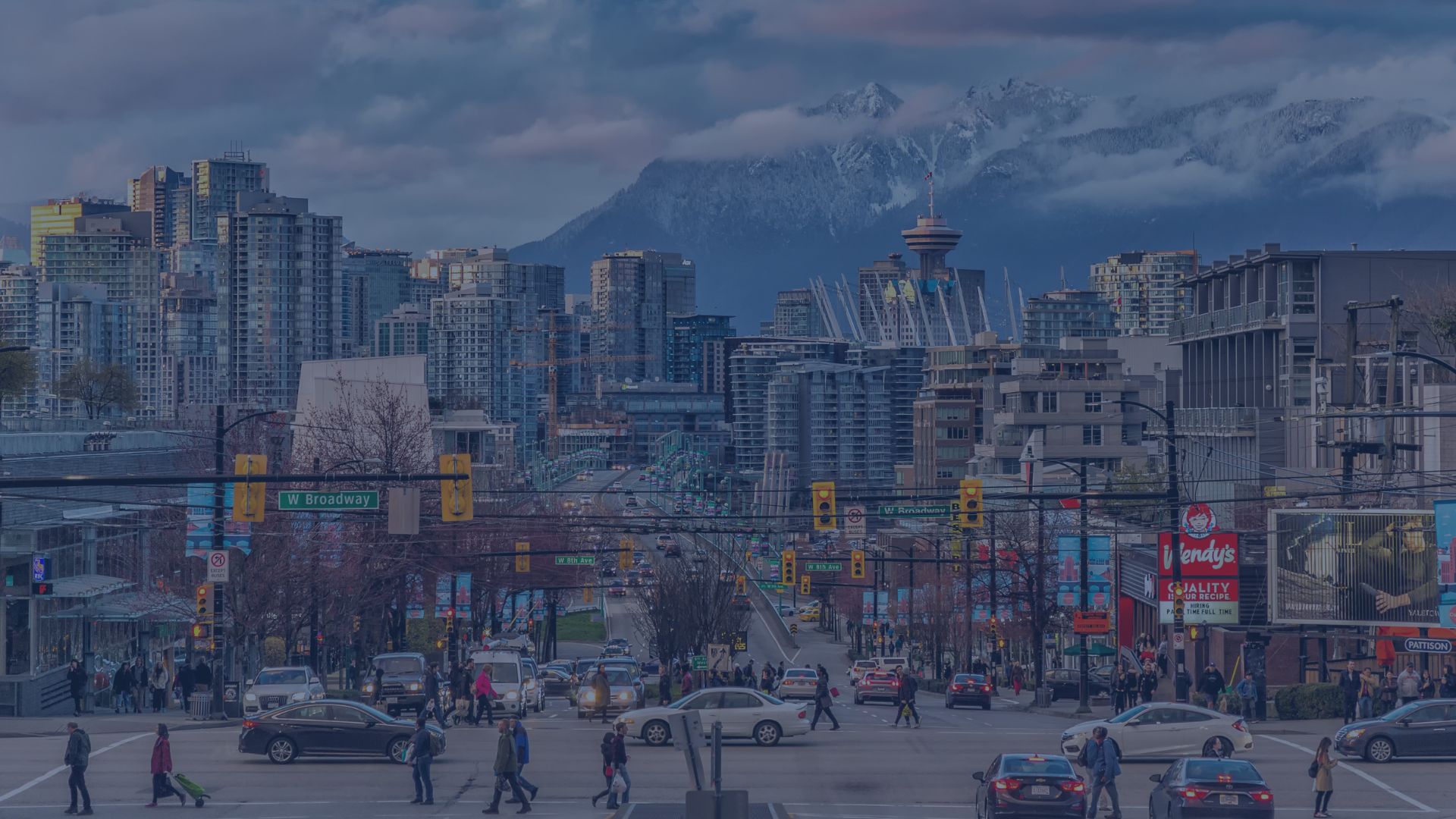While 2025 was expected to be a year of recovery for the Greater Vancouver commercial real estate market, tariff wars and recession fears prompted investors to shift into preservation mode, making strategic adjustments to their holdings that allow for maximum flexibility.
There has been some year-over-year improvement reported in areas including office and industrial leasing, with dollar volume transactions in the first quarter of 2025 up 10 per cent to $2 billion, according to Altus Group’s Vancouver Q1 Report. Bolstered by a substantial decrease in Class-A space, overall office vacancy rates in the downtown core have dropped almost one percentage point, now hovering at 10.7 per cent.
Flight to quality drives office absorption
Coveted trophy towers are leading in increased absorption rates. The flight to quality office space is especially evident in downtown Vancouver where the vacancy rate for Class A office has fallen to 8.6 per cent. There has been some consolidation and upgrading in the triple-A space as corporations adapt to new synergies in the hybrid workplace with a vision of creating a culture. Demand for B- and C-class office space remains tepid, with most of the available space obsolete and in dire need of an overhaul. Some B-class buildings, especially those with heritage value, may be revitalized if governments were prepared to offer grants or loans to investors for improvements. While there have been some conversions taking place in the city—the most notable being 111 West Hastings— there appears to be some reluctance, given that not all buildings are suitable for repositioning. However, as the population in the Vancouver CMA continues to climb, office conversions are expected to gain momentum as demand for housing accelerates further.

Land sales face economic reality check
Vacancy rates for purpose-built rentals have moved higher, but remain low at 1.6 per cent, according to Canada Mortgage and Housing Corporation’s (CMHC) Fall 2024 Report, further underscoring the importance of continued development. There has been an uptick in court-ordered land sales as higher interest rates combined with a substantial increase in construction material and labour costs hindered several high-profile developments in the city this year, including four large strata properties in April. Development sites—either empty lots or those with existing apartments whose highest and best use would be redevelopment—have experienced a steep contraction in values since 2022 as eroding market conditions no longer support projected profit margins. It’s a catch-22 situation for developers in this asset class, determining whether to sell at a loss or hold until values recover while servicing mortgage debt and absorbing negative cash-flow. Demand for development land has slowed as a result, with interest now shifting to properties that can generate good rental income while riding out current economic headwinds.
With the influx of new rentals, existing landlords are offering potential tenants a free month’s rent and other inducements to fill their vacancies. Some smaller multi-unit investors are investing in their properties, retrofitting tired older buildings by enhancing curb appeal and undertaking improvements to lobby areas, elevators, lighting and HVAC systems. The proactive approach may serve to attract more tenants in years to come, particularly if the rental units are well-priced.
Institutional confidences returns
Institutional investors and Real Estate Investment Trusts (REIT) have also returned to the Vancouver commercial real estate market with an eye to buy. The city remains one of the top three preferred markets by investors across all asset classes, according to a recent investment report by Altus Group. Food-anchored retail strips, suburban multiple-unit residential, and multi-tenant industrial were the most sought-after property types. Foreign investment has resumed as the weak Canadian dollar and higher cap rates attract German and U.S investors in the office sector.
Both urban and suburban retail continue to hold their own, with vacancy rates at 3.4 per cent and 0.7 per cent respectively. Retail shopping plazas with grocer anchors continue to be the city’s most resilient asset class. The future potential of these plazas in terms of long-term multi-use development is irresistible, but product is few and far between. While malls are grappling with empty space at present, future redevelopment opportunities will substantially increase value down the road.
Industrial is still tight, but with more than 2.1 million square feet of new supply introduced to the market in the first quarter of the year, upward pressure on availability rates has been noted in the market. According to Altus Group, availability levels jumped from 4.2 per cent in Q1 2024 to six per cent in the first quarter of 2025, edging up substantially as new construction is completed. Once sought-after industrial condos, including smaller units with storage capacity, are increasingly difficult to re-sell, with fewer owner-occupiers interested in condo industrial.
Although headwinds created by economic uncertainty persist, the weaker dollar is drawing some capital back into the market. However, most deals on the table today in the Greater Vancouver Area are necessity driven, with leasing activity outpacing sales of commercial product. Greater certainty would make a difference, with clarity resting on our success in trade negotiations with the U.S. Until then, lenders will remain cautious with approvals taking far longer to process for all asset classes. As interest rates decline, the process is expected to improve. The Vancouver commercial real estate market remains one of the most robust in the country, and while tariffs have cast a temporary shadow, lower interest rates and a resolution on U.S. tariffs should prompt a rebound in the latter half of the year.






